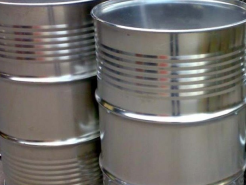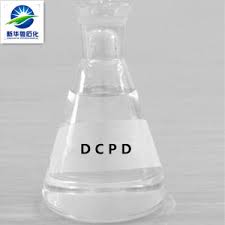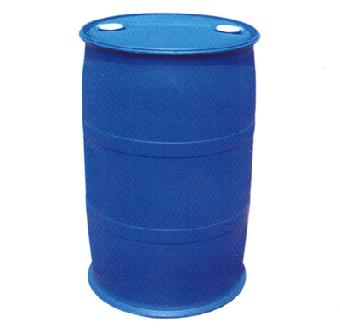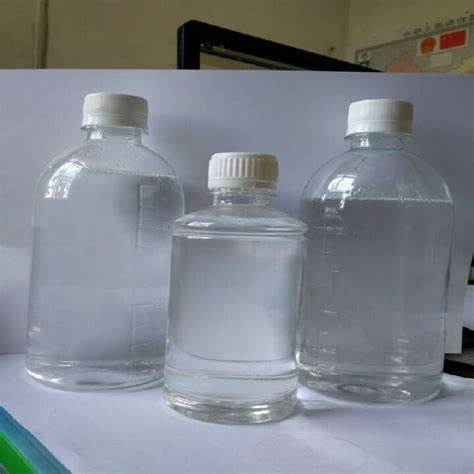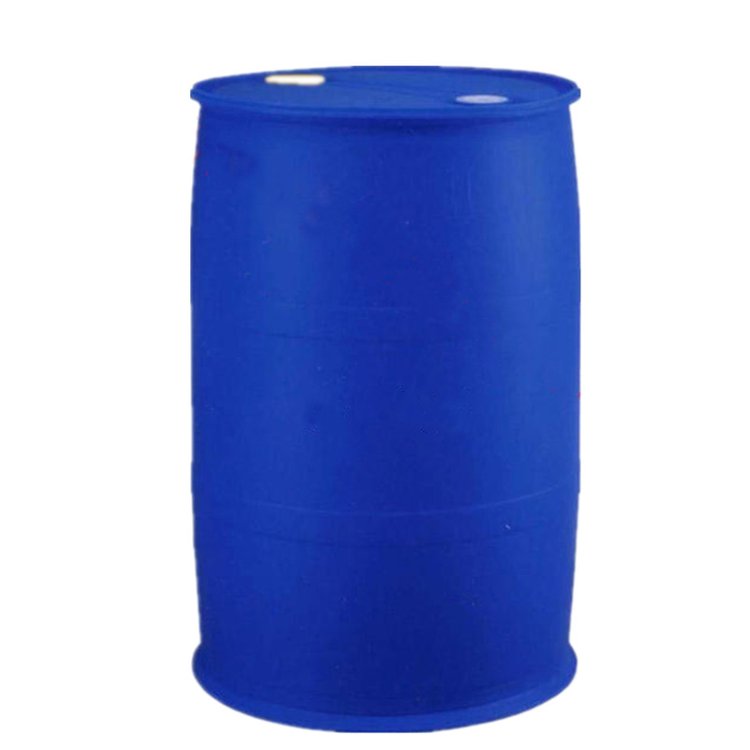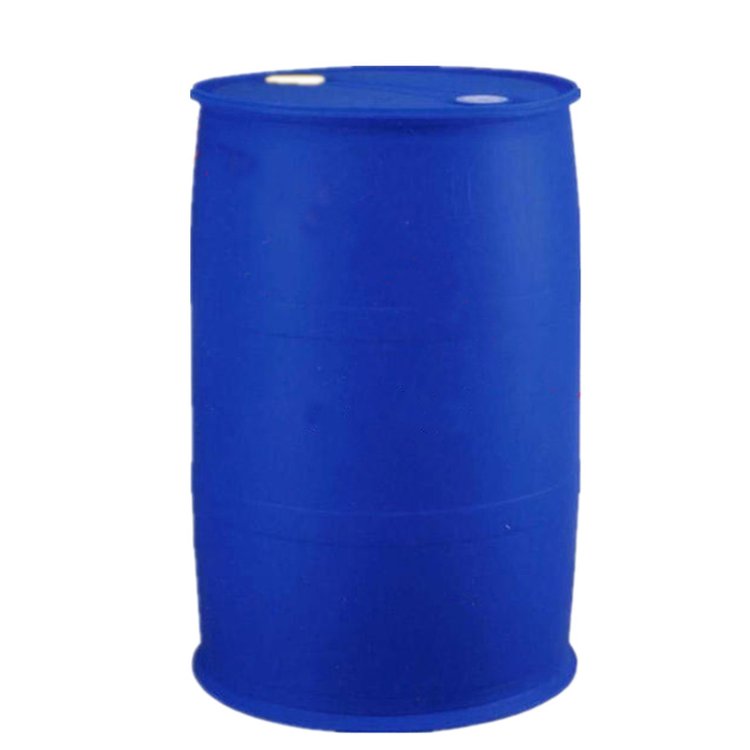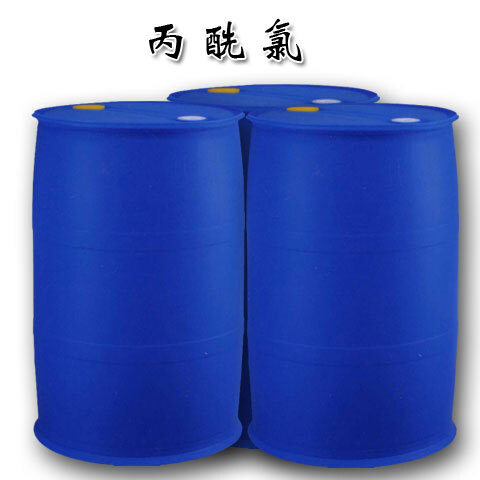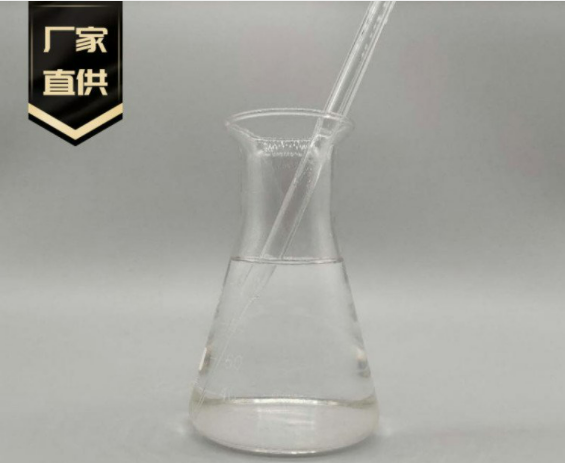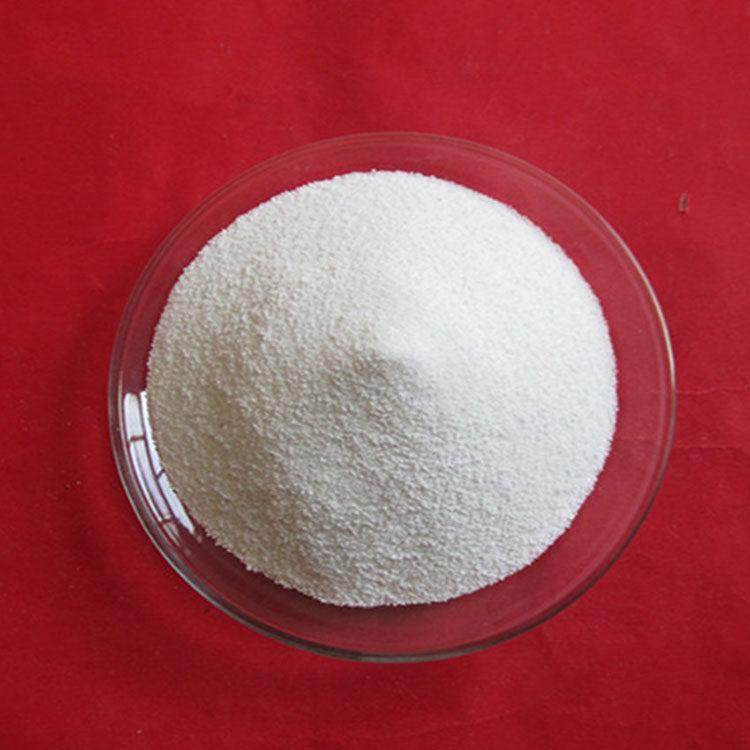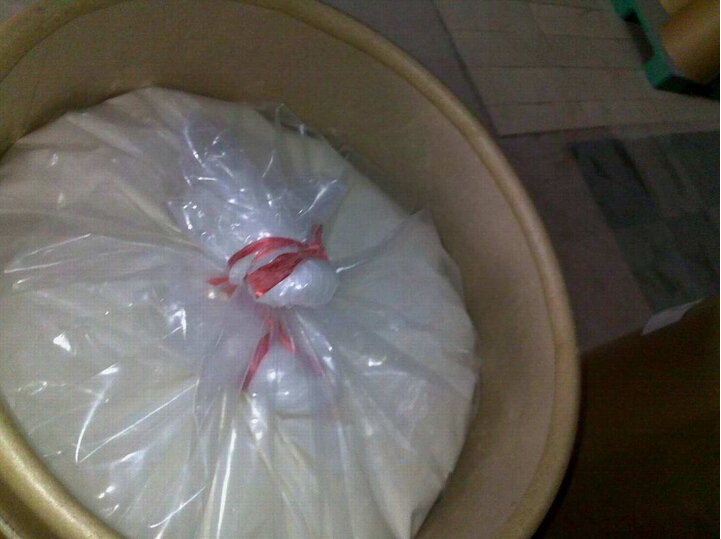CAS:77-73-6
Molecular Formula:C10H12
Alias
More Information
Cyclopentadiene Dimer; Bicyclopentadiene; Biscyclopentadiene; 4,7-Methano-1H-Indene,3A,4,7,7A-Tetrahydro-; DCPD
Brief Introduction
Dicyclopentadiene appears as a liquid with an acrid odor. Flash point 90°F. The vapors are irritating to the eyes and respiratory system. Subject to polymerization if subjected to heat for prolonged periods or if contaminated. If the polymerization takes place inside a container, the container may violently rupture. Insoluble in water. Density 8.2 lb / gal. Used in paints, varnishes, as an intermediate in insecticides, as a flame retardant in plastics.
The third monomer ethylene norbornene, polycyclopentadiene pesticide, flame retardant, medicine and perfume of polyester, resin and plastic used for the preparation of ethylene propylene rubber.
Suppliers
View More Vendors (2) >
Alias
More Information
Sec-Butyl Alcohol; S-Sec-Butyl 3-Methyl-2-Butenethioate; 3-Methylthiocrotonic Acid,S-Sec-Butyl Ester; Sec-Butyl 3-Methyl-2-Butenethioate; 1-Methyl-1-Propanol; Sec-Butyl S-Senecthioate; Butan-2-Ol; Sec-Butanol
Brief Introduction
It can be used as intermediate of methyl ethyl ketone, butyl acetate, SEC butyl acetate, plasticizer, mineral processing agent, herbicide, solvent, etc.
Suppliers
View More Vendors (2) >
CAS:79-00-5
Molecular Formula:C2H3Cl3
Alias
More Information
1,1,2-TCE; 1,1,2-Trichlorethan; 1,1,2-Trichlorethane; 1,1,2-Trichloro-Ethan; 1,2,2-Trichloroethane; TCE; Beta-Trichloroethane
Brief Introduction
It is mainly used as solvent of fat, resin, wax and alkaloid, intermediate of rubber and resin, pesticide, preparation of 1,1-dichloroethylene and other chemicals
Suppliers
View More Vendors (2) >
CAS:79-03-8
Molecular Formula:C3H5ClO
Alias
More Information
Propanoylchlorid; N-Propanoyl Chloride; Propionyl; Chloro Anhydride Of Propionic Acid; Propionyl Cloride; Propionylchloride; Propanoyl Chloride; Propionic Acid Chloride; Propionic Chloride; Propionchloride; Propionylchlorid; Propionyl Chloride For Synthesis; Akos Bbs-00004085
Brief Introduction
Propionyl chloride is used as a propionylation reagent in organic synthesis and an intermediate for the preparation of various propionic acid derivatives, such as phenylacetone; It is used in the production of pesticide dichlorum crusgalli; The pharmaceutical industry is used in the production of antiepileptic drugs, such as transversetoine, cholesterol, and antiadrenergic drug methoxyamine hydrochloride.
Suppliers
View More Vendors (2) >
CAS:79-19-6
Molecular Formula:CH5N3S
Alias
More Information
N-Aminothiourea; Hydrazinecarbothioamide; Thiocarbamoyl Hydrazide; 3-Thiosemicarbazide
Brief Introduction
Thiosemicarbazone is used in the synthesis of antituberculosis drugs, thiosemicarbazone and sulfonamide drugs, as pesticide intermediates, rubber additives, synthetic resin additives and analytical reagents.
Suppliers
View More Vendors (2) >
Inquiry (
10
/ 10
)
Clear All
Sign In
Error!

